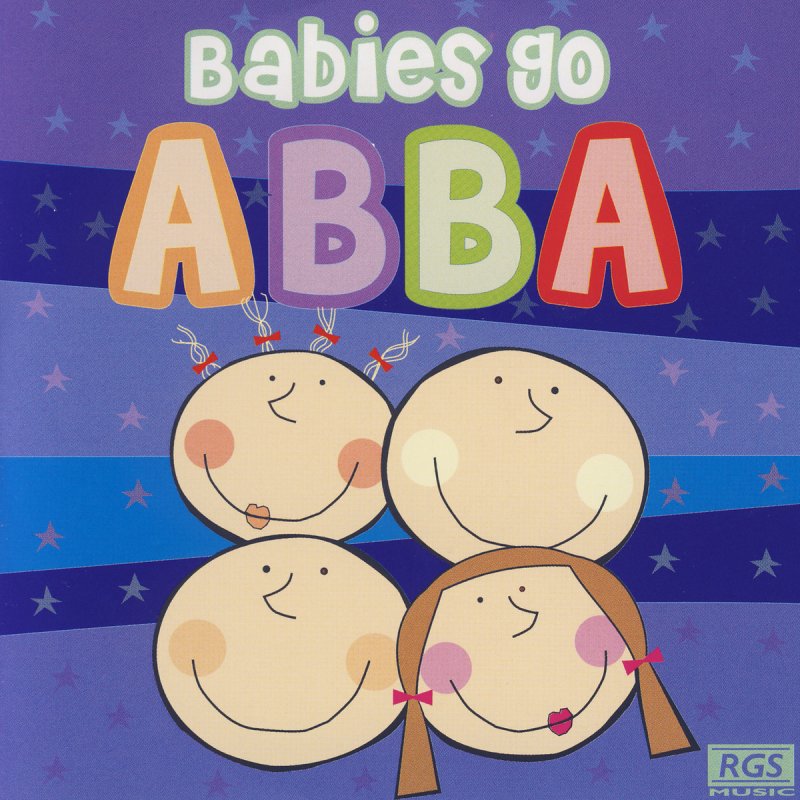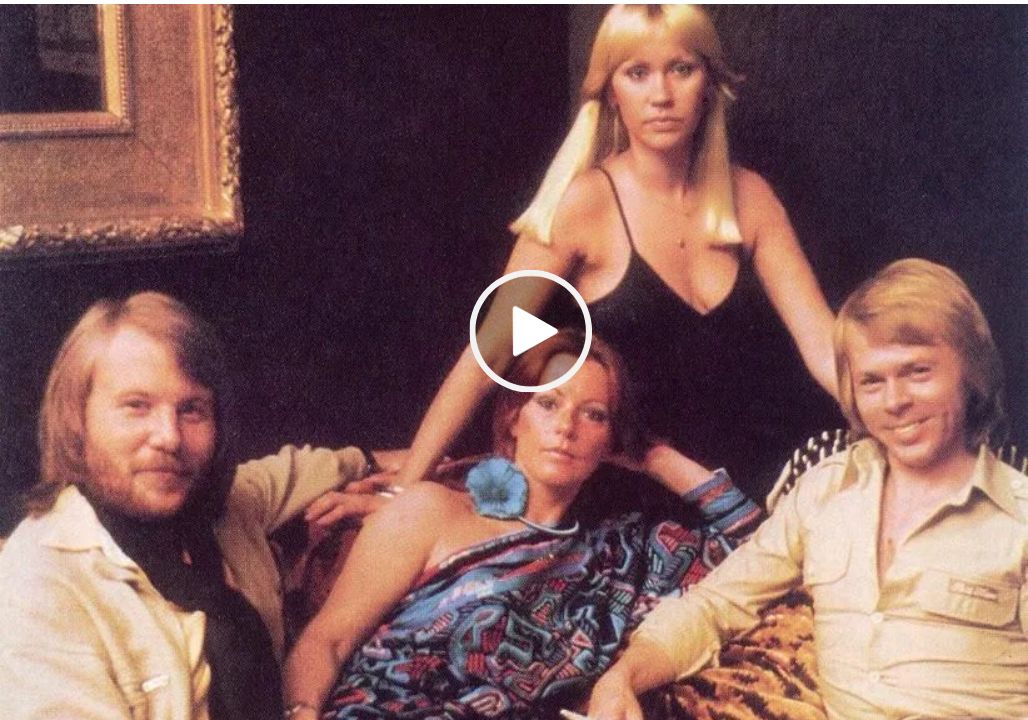Introduction

A Sparkling Debut: Unveiling the History of ABBA’s “Baby Baby”
While ABBA is synonymous with global hits like “Dancing Queen” and “Waterloo,” their journey began with a song much closer to home. “Baby Baby,” released in Sweden in 1974 as the B-side to their debut single “People Need Love,” offers a glimpse into the band’s early sound and the budding songwriting talents of Benny Andersson and Björn Ulvaeus.
The exact origins of “Baby Baby” are unclear, but it likely emerged during the early collaborative sessions between Benny and Björn, the musical foundation of ABBA. Unlike the grand, theatrical pop productions ABBA would become known for, “Baby Baby” showcases a more stripped-down and intimate approach.
The song’s lyrics are a playful declaration of love, sung from the perspective of a young man smitten by a girl named “Baby.” Lines like “I wanna hold you close to me” and “Baby, can’t you see I love you so” capture the innocent excitement of newfound affection.
While the instrumentation is simple, featuring keyboards, guitars, and a driving drumbeat, the melody is undeniably catchy. Agnetha Fältskog’s lead vocals are light and airy, perfectly complimenting the youthful energy of the song. Bjorn Ulvaeus provides backing vocals, adding a touch of harmony.
“Baby Baby” might not have been a chart-topping smash, but it holds historical significance for ABBA fans. It serves as a testament to the band’s early songwriting potential and their knack for crafting infectious melodies. The song also offers a glimpse into the vocal stylings of a young Agnetha, whose voice would soon become synonymous with ABBA’s success.
So, as the opening chords of “Baby Baby” begin, prepare to be transported back to the early days of ABBA. This delightful song isn’t just a love song; it’s a portal to a time when a young band from Sweden was just beginning their meteoric rise to global fame. Let “Baby Baby” introduce you to the sparkling pop sensibilities that would define ABBA’s legacy.
